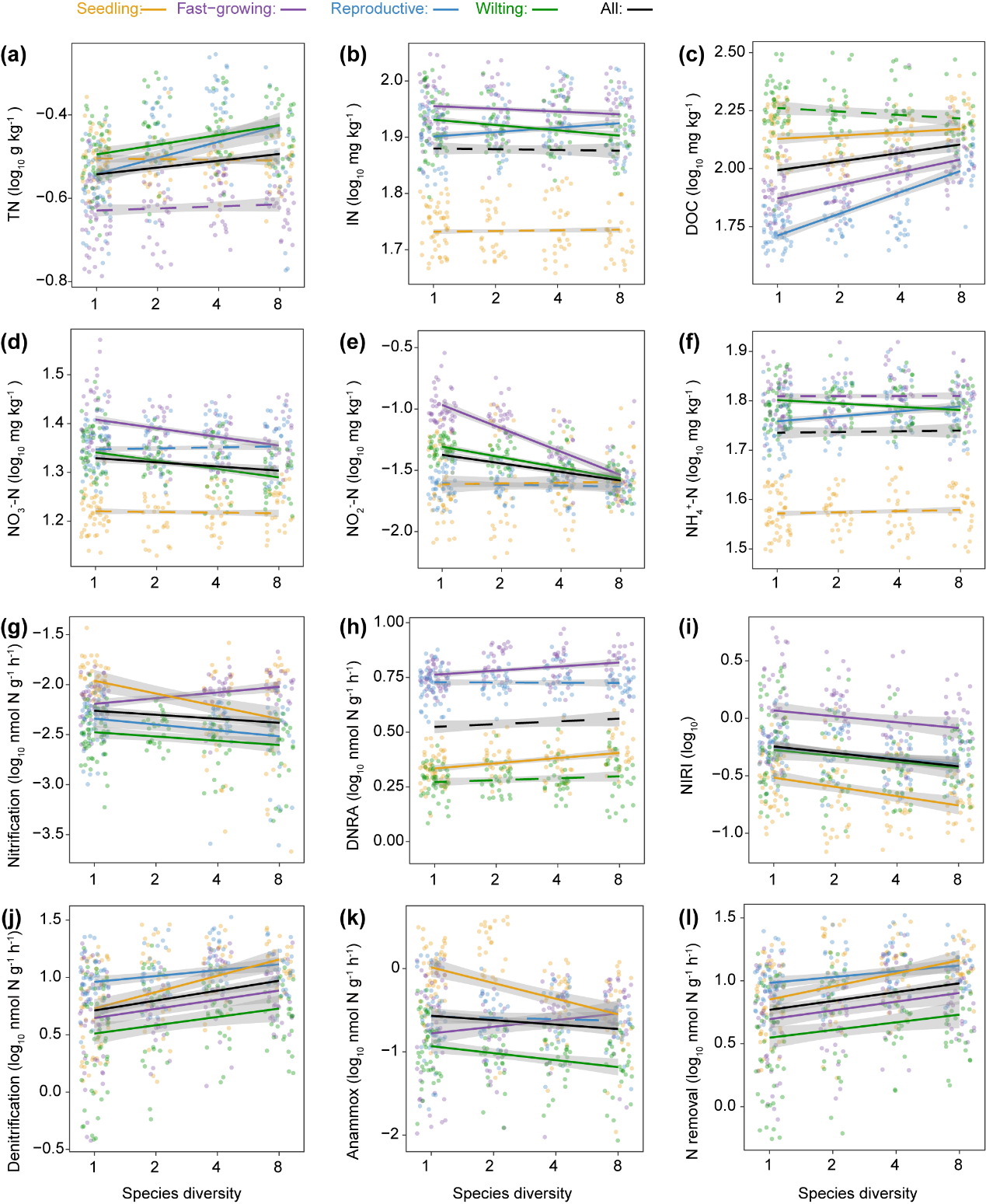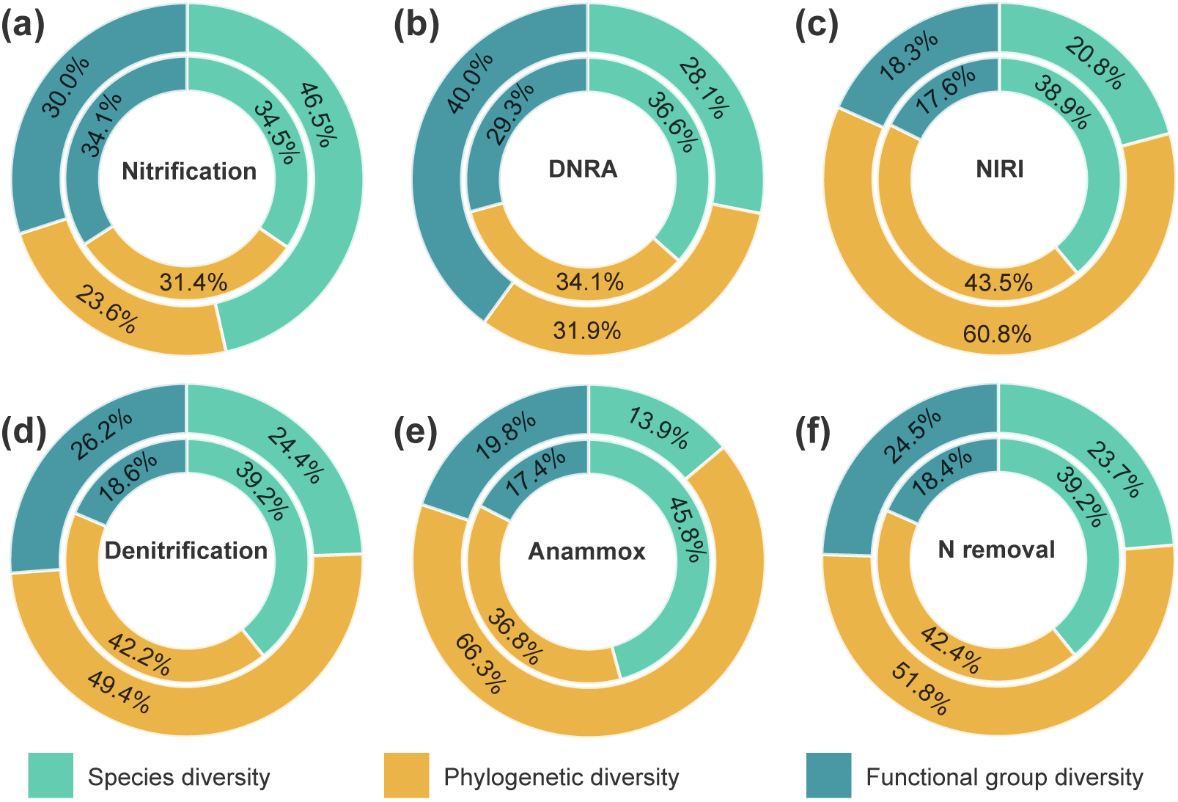
Wetland ecosystems play a crucial role in the global nitrogen cycle, helping to reduce nitrogen pollution. While plant diversity is known to influence ecosystem function, the exact mechanisms linking it to nitrogen retention and removal in wetlands have remained unclear.
Recently, researchers from the Wuhan Botanical Garden (WBG) of the Chinese Academy of Sciences have demonstrated that greater plant diversity increases soil nitrogen and dissolved organic carbon (DOC) levels, while also lowering nitrate levels.
The study, recently published in New Phytologist, reveals that diversity enhances both nitrogen retention (dissimilatory nitrate reduction to ammonium, DNRA) and removal (such as denitrification) processes—but has a more pronounced effect on removal.
The team measured how species diversity, phylogenetic diversity, and functional group diversity, as well as plant phenological stages, influenced nitrogen cycling in wetland soils. They found that as diversity increased, denitrification became the dominant pathway for nitrate reduction, while other processes (such as DNRA and anaerobic ammonium oxidation) declined.
Notably, phylogenetic diversity emerged as the strongest predictor of nitrogen removal capacity, surpassing both species and functional group diversity. Plant phenology also played a role, directly and indirectly affecting cycling rates by modifying soil carbon and functional gene abundance.
These findings provide a theoretical foundation for wetland restoration and biodiversity conservation, offering new strategies for improving nitrogen pollution control and strengthening ecosystem functions, the researchers noted.

Graphical illustration of the framework and hypotheses of this study. A field survey was conducted across 41 riparian sites along the Hanjiang River (a), and a pot experiment was performed using 132 pots across four plant phenological stages (b). (Image by WBG)

Relationships between plant species diversity and soil nitrogen content, DOC content, and nitrogen cycling rates across different phenological stages in the pot experiment. (Image by WBG)

Phylogenetic diversity showed stronger predictive power for nitrogen removal processes. (Image by WBG)

86-10-68597521 (day)
86-10-68597289 (night)

52 Sanlihe Rd., Xicheng District,
Beijing, China (100864)

